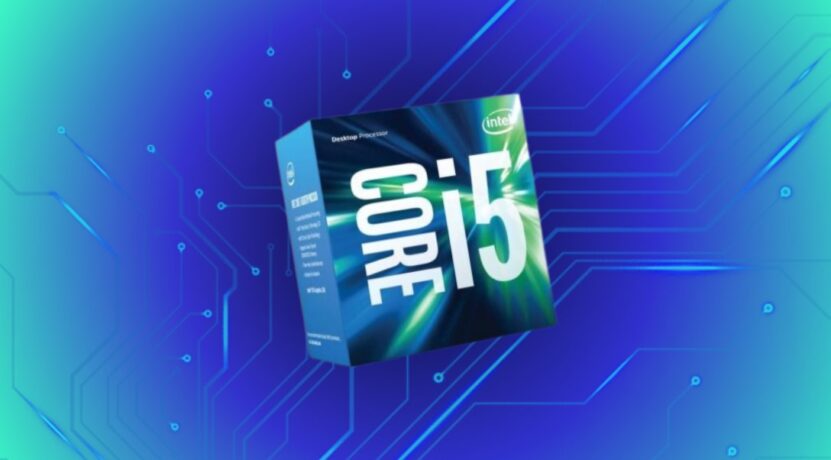The Intel Core i5 6500 was a go-to choice for many computer enthusiasts when it first came out in the third quarter of 2015. But with the rapid advancement of technology and the emergence of more powerful processors, the question that needs to be asked now, in 2024, is: Is the Intel Core i5 6500 still a good processor?
To answer this question, we need to examine its capabilities, performance, and how it compares to the latest processors.
A Brief Overview of This Processor
The Intel Core i5 6500 is a quad-core processor that operates at a base clock speed of 3.2 GHz, which can be boosted to 3.6 GHz. It is part of the 6th generation of Intel processors, also known as ‘Skylake’. The i5 6500 boasts 6MB of cache and has a thermal design power (TDP) of 65W.
When released, this processor offered excellent performance for its price. It was a popular choice among gamers and office users alike because it provided a good balance between power, efficiency, and cost.
Performance and Use Cases
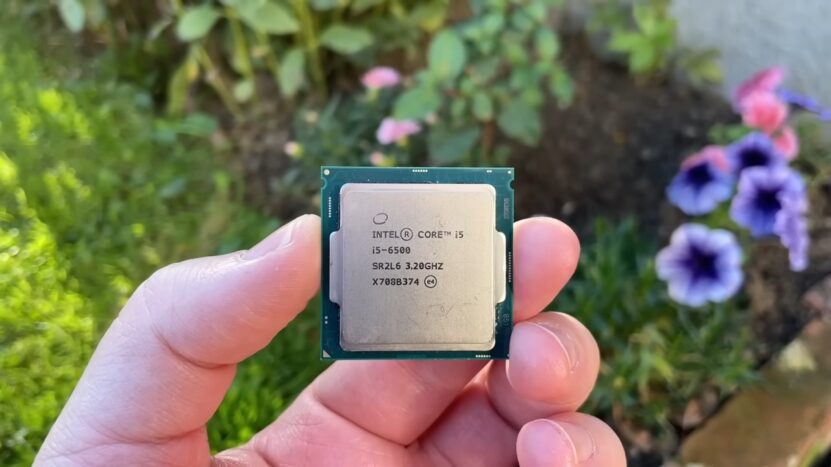
Now, let’s see how it fares in 2024.
Gaming
The i5 6500 was a good gaming processor in its prime. But now, with more demanding games coming out each year, it might not be the ideal choice.
Many of today’s popular games are quite demanding, requiring more cores and threads for optimal performance. The i5 6500, being a quad-core processor without hyper-threading, might struggle to deliver the desired framerate in these games.
However, it’s not all doom and gloom. For casual gaming or for playing older or less demanding games, the i5 6500 can still hold its own. So, if you’re not too fussed about playing the latest AAA games on ultra settings, the i5 6500 could still serve you well.
Productivity
In the world of productivity, the i5 6500 still has some relevance. For tasks such as browsing the web, working on office documents, and even some light multimedia work like photo editing, it can get the job done.
However, for more demanding tasks like video editing, 3D rendering, or working with large databases, you would be better served with a more modern processor.
The lack of hyper-threading in the i5 6500 means it has fewer threads to handle these heavy tasks. Modern processors have more cores and support hyper-threading, making them better suited to heavy multitasking and demanding workloads.
Comparing the i5 6500 to Modern Processors
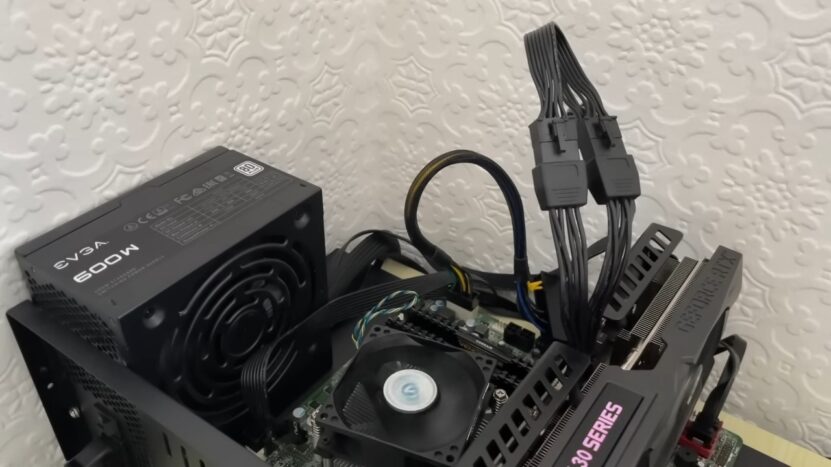
It’s clear that the i5 6500 is starting to show its age when compared to the processors of today. To illustrate this, let’s compare it to a couple of modern processors, namely the Intel Core i5 11600K and the AMD Ryzen 5 5600X.
The i5 11600K and Ryzen 5 5600X are both 6-core, 12-thread processors. This gives them a clear advantage over the i5 6500 in tasks that can utilize multiple cores and threads. In terms of clock speed, the i5 11600K operates at a base speed of 3.9 GHz with a boost of up to 4.9 GHz, while the Ryzen 5 5600X has a base speed of 3.7 GHz and a boost of up to 4.6 GHz.
When it comes to gaming, both the i5 11600K and Ryzen 5 5600X outperform the i5 6500. They can handle modern, resource-intensive games much more efficiently, allowing for higher frame rates and smoother gameplay.
In productivity tasks, again, the newer processors come out on top. They can handle heavy multitasking and demanding applications far better than the i5 6500.
Intel Core i5 6500: The Architecture and Features
To delve deeper into this topic, let’s examine the architecture and key features of the Intel Core i5 6500.
Skylake: A Step Forward
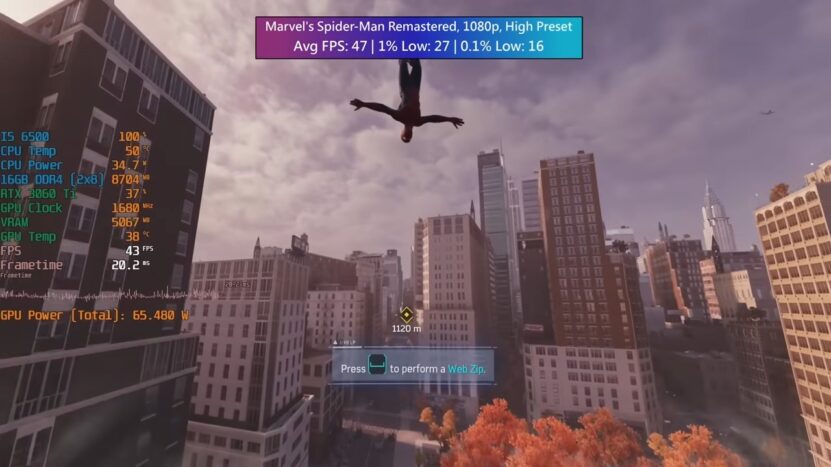
Intel’s 6th generation Skylake architecture, of which the i5 6500 is a part, was a significant step forward for Intel’s CPU technology. The new 14nm process technology brought about improved power efficiency and performance compared to the preceding Broadwell architecture.
The i5 6500, as a Skylake processor, benefits from these architectural improvements. It supports DDR4 RAM, providing higher bandwidth and efficiency compared to DDR3 RAM, which was used by older generations of Intel processors. Additionally, the Skylake architecture includes support for PCIe 3.0, allowing for faster data transfer between the CPU and connected devices.
Integrated Graphics
The Intel Core i5 6500 comes with Intel HD Graphics 530, an integrated graphics solution. While it can’t compete with modern dedicated GPUs in terms of raw power, it is capable of handling basic graphics tasks, like video streaming and casual gaming.
Thermal Efficiency
With a TDP (Thermal Design Power) of 65W, the i5 6500 is relatively power-efficient. This not only contributes to lower energy consumption but also results in lower heat generation, reducing the need for complex and expensive cooling solutions.
Compatibility and Upgrade Options
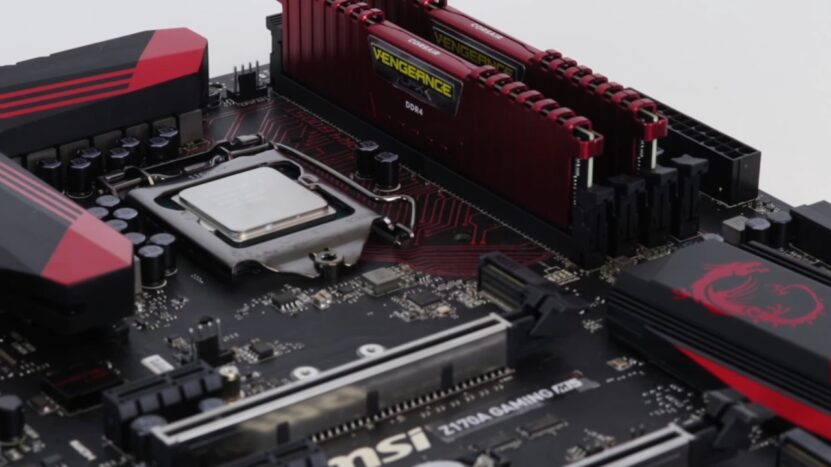
When considering the longevity of the i5 6500, it’s important to examine its compatibility with other components and potential upgrade options.
Motherboard Compatibility
The i5 6500 uses the LGA 1151 socket, which was also used by 7th and 8th generation Intel processors. This means that if you’re looking to upgrade from the i5 6500, you could potentially do so without needing to replace your motherboard, as long as it supports the newer processor.
Upgrade Options
If you’re considering upgrading from the i5 6500, there are several good options available. Within the Intel family, the i5 7600K or i7 7700K could be good choices if you’re looking for a modest upgrade without changing your motherboard.
For a more significant upgrade, you might consider moving to a more recent generation of Intel CPUs, such as the 11th generation i5 11600K or i7 11700K. Alternatively, you could look to AMD’s Ryzen series, which has been gaining popularity for their excellent performance and value for money.
The Verdict
If you’re using an i5 6500 in 2024 and it’s serving your needs, there’s no immediate need to upgrade. It’s still a capable processor for light productivity tasks and casual gaming.
However, if you want to play the latest games at high settings or if your work involves demanding applications, an upgrade would be beneficial. Modern processors offer significantly better performance, power efficiency, and features that are more aligned with today’s computing needs.
Final Words
The Intel Core i5 6500, with its Skylake architecture and decent performance, can still be useful for light computing tasks and casual gaming. However, its limitations become evident when dealing with the more resource-intensive demands of modern games and applications.
Given the rapid evolution of technology and the availability of more powerful and efficient CPUs, upgrading from the i5 6500 could significantly enhance your computing experience, whether it’s gaming, content creation, or heavy multitasking. Nonetheless, the final decision will always depend on your personal needs, preferences, and budget.
Stay prepared with all the knowledge we have to share at bitscomputer.com and keep your PC well-maintained with the best hardware you can find.

